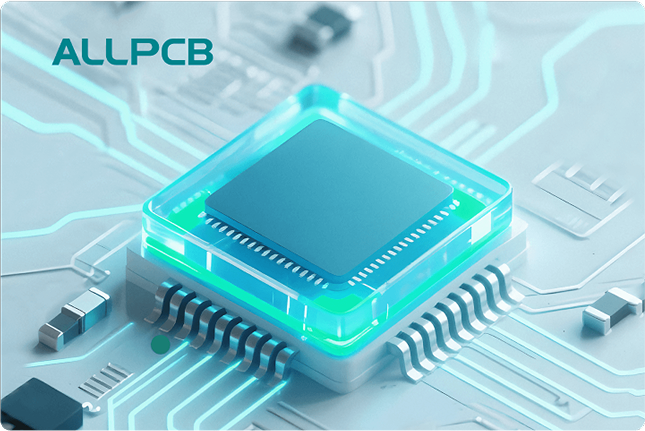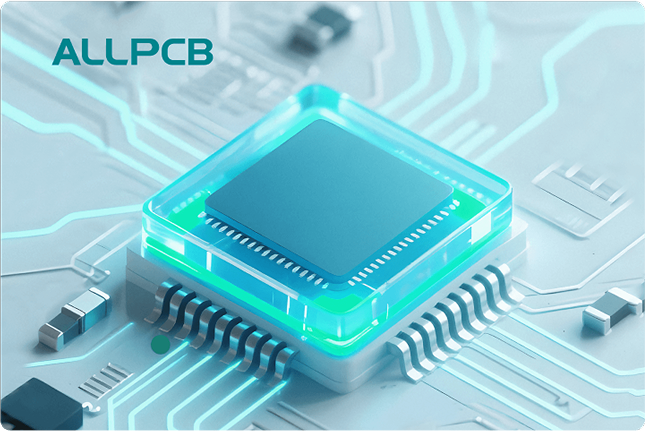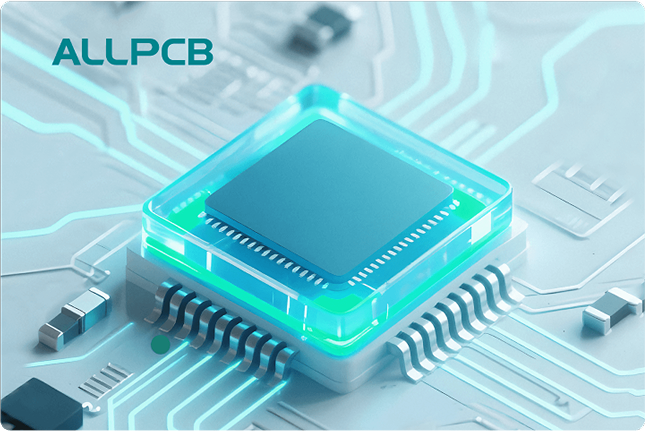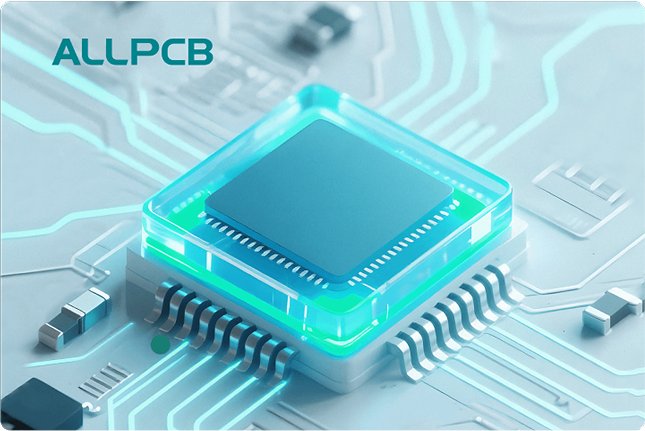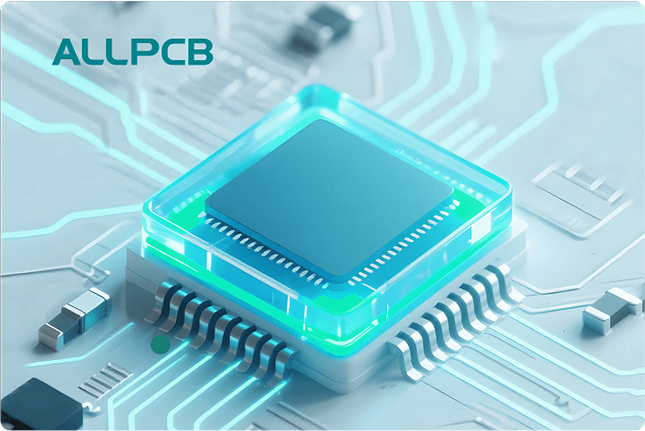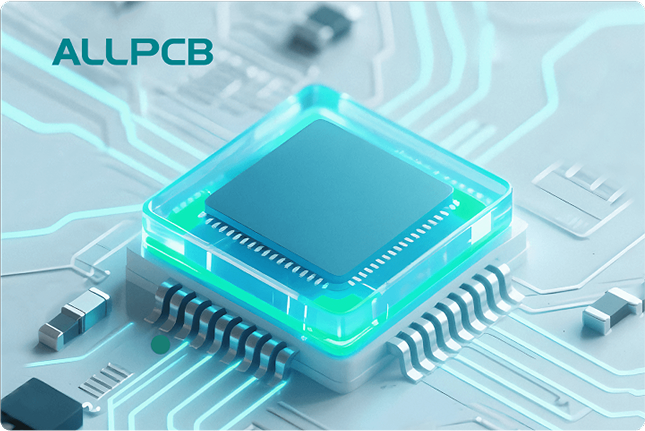In the fast-evolving world of electronics manufacturing, efficiency and precision are key to staying ahead. One technique that has transformed the PCB assembly process is tab routing. But how does tab routing revolutionize PCB assembly? Simply put, tab routing is a method used to separate individual printed circuit boards (PCBs) from a larger panel during manufacturing, using small tabs to hold them together until they’re ready to be detached. This approach streamlines production, reduces costs, and enhances the quality of the final product, making it a game-changer in automated assembly and SMT assembly.
In this comprehensive guide, brought to you by ALLPCB, we’ll walk you through the ins and outs of tab routing, its benefits, and how it integrates into modern PCB manufacturing equipment. Whether you’re an engineer, a designer, or a manufacturer, this step-by-step breakdown will help you understand why tab routing is a must-know technique in today’s industry.
What Is Tab Routing in PCB Assembly?
Tab routing is a process used during the fabrication of PCBs to keep multiple boards connected within a single panel during manufacturing. Instead of cutting the boards completely apart, small tabs—often just a few millimeters wide—are left in place to hold the individual PCBs together. These tabs are later broken or cut to separate the boards, typically after the PCB assembly process is complete.
This method is particularly useful in automated assembly, where panels of PCBs are processed through high-speed machines for component placement and soldering. By keeping the boards connected, tab routing ensures stability during these stages, reducing the risk of misalignment or damage. It’s a preferred technique in SMT assembly (Surface Mount Technology), where precision is critical for placing tiny components on the board surface.

Why Tab Routing Matters in PCB Manufacturing
The adoption of tab routing in PCB production isn’t just a trend—it’s a strategic choice driven by the need for efficiency and quality. As electronics become smaller and more complex, manufacturers rely on techniques like tab routing to meet tight tolerances and high-volume demands. Let’s explore why this method has become a cornerstone of modern PCB manufacturing equipment workflows.
In traditional methods, boards were often separated early in the process, which could lead to handling issues or damage during assembly. Tab routing solves this by keeping boards secure in a panel until the very end. This not only speeds up production but also minimizes errors, making it an essential part of automated assembly lines.
Key Benefits of Tab Routing in PCB Assembly
The tab routing benefits are numerous, impacting everything from cost to quality. Below are some of the most significant advantages that make this technique indispensable in today’s PCB assembly process.
1. Enhanced Efficiency in Automated Assembly
In automated assembly, speed and precision are everything. Tab routing allows multiple PCBs to be processed as a single unit, reducing the time spent on handling individual boards. For instance, a panel with 10 small PCBs can be run through a pick-and-place machine in one go, cutting down setup time by up to 50% compared to processing each board separately. This efficiency is a major win for high-volume production using PCB manufacturing equipment.
2. Improved Accuracy in SMT Assembly
During SMT assembly, components as small as 0.4mm x 0.2mm (0402 size) are placed on boards with pinpoint accuracy. Any movement or misalignment can lead to defects. Tab routing keeps the panel stable, ensuring that the boards don’t shift during component placement or soldering. This stability can reduce placement errors by as much as 30%, based on industry benchmarks.
3. Cost Reduction in Manufacturing
Separating boards early in the process often requires additional labor or specialized tools, driving up costs. With tab routing, the need for extra handling is minimized, and the tabs can be broken manually or with simple tools after assembly. This can lower production costs by 10-20%, depending on the volume and complexity of the boards.
4. Reduced Risk of Damage
Individual PCBs are more prone to bending, cracking, or edge damage during handling. Tab routing keeps them securely attached to the panel, protecting delicate edges and traces. For boards with thin substrates (e.g., 0.8mm thick), this added protection can decrease damage rates by up to 15%.
5. Flexibility for Custom Designs
Tab routing is adaptable to a wide range of board shapes and sizes, making it ideal for custom or irregular designs. Whether you’re producing rectangular boards or complex shapes for IoT devices, tab routing ensures the panel layout maximizes space and material usage, reducing waste by up to 25% in some cases.

A Step-by-Step Guide to Tab Routing in PCB Assembly
Understanding how tab routing works in practice can help you integrate it into your PCB assembly process. Here’s a detailed breakdown of the steps involved, tailored for engineers and manufacturers looking to optimize their workflow with automated assembly and SMT assembly.
Step 1: Design the Panel Layout
The process begins with designing the panel layout in your PCB design software. Engineers arrange multiple PCBs on a single panel, leaving space for tabs—typically 2-3mm wide—between the boards. The number of tabs per board (usually 3-5) depends on the board’s size and weight. For example, a small 50mm x 50mm board might need only 3 tabs, while a larger 200mm x 150mm board might require 5 for stability.
At this stage, it’s crucial to ensure that the tab placement doesn’t interfere with critical components or traces near the board edges. Modern PCB design tools often include features to simulate stress points, helping to optimize tab locations.
Step 2: Fabrication of the Panel with Tabs
Once the design is finalized, the panel is fabricated with the tabs intact. During this stage, the manufacturer uses a CNC router or laser to cut the outline of each PCB, leaving the small tabs to hold everything together. The precision of modern PCB manufacturing equipment ensures that cuts are accurate to within 0.1mm, preventing weak or misplaced tabs.
Step 3: Component Placement in SMT Assembly
With the panel ready, it moves to the SMT assembly line. Automated pick-and-place machines place components on all the boards in the panel in a single run. The tabs keep the boards aligned, ensuring that components are placed with high precision—often within a tolerance of 0.05mm. This step is critical for maintaining quality in high-density designs.
Step 4: Soldering and Reflow
After component placement, the panel undergoes soldering, typically through a reflow oven in SMT assembly. The tabs prevent the boards from shifting during this high-temperature process, where temperatures can reach 260°C for lead-free solder. This stability reduces defects like tombstoning or solder bridging by maintaining consistent alignment.
Step 5: Testing and Inspection
Before separating the boards, the entire panel is tested for functionality. Automated optical inspection (AOI) systems scan for soldering defects, while in-circuit testing (ICT) checks electrical performance. Keeping the boards in a panel during testing simplifies handling and reduces the risk of damage to individual units.
Step 6: Depaneling (Separating the Boards)
Once assembly and testing are complete, the individual PCBs are separated from the panel by breaking or cutting the tabs. This can be done manually for low-volume production or with automated depaneling machines for larger runs. The process is designed to leave clean edges, with modern equipment achieving edge smoothness within 0.2mm of the original design.

Tab Routing and Modern PCB Manufacturing Equipment
The success of tab routing in the PCB assembly process is closely tied to advancements in PCB manufacturing equipment. Today’s automated systems are designed to handle panelized boards with precision, making tab routing more effective than ever.
For instance, high-speed pick-and-place machines can process panels at rates of up to 200,000 components per hour, as seen in some industry examples. These machines rely on the stability provided by tab routing to maintain accuracy across large panels. Similarly, advanced depaneling tools use laser cutting or V-scoring to separate boards without stressing the material, ensuring clean edges even on thin 0.6mm substrates.
Integrating tab routing with automated assembly equipment also reduces downtime. By minimizing manual handling, manufacturers can achieve cycle times as low as 30 seconds per panel in high-volume production environments. This synergy between technique and technology is what makes tab routing a cornerstone of modern PCB production.
Challenges and Considerations in Tab Routing
While the tab routing benefits are clear, there are a few challenges to keep in mind. Addressing these during the design and manufacturing stages can ensure the best results.
One potential issue is stress on the board during depaneling. If tabs are too thick or poorly placed, breaking them can cause micro-cracks in the PCB, especially near edge-mounted components. To avoid this, tabs should be designed with a thickness of no more than 0.5mm for standard FR-4 material and placed away from sensitive areas.
Another consideration is the space required for tabs. In densely packed panels, allocating space for tabs can reduce the number of boards per panel, slightly increasing material costs. However, this trade-off is often worth it for the efficiency gains in automated assembly.
How Tab Routing Fits Into Your PCB Assembly Strategy
For manufacturers and engineers looking to optimize their PCB assembly process, tab routing offers a proven solution. Its ability to enhance efficiency, reduce costs, and improve quality makes it a valuable tool in both small-scale and high-volume production.
If you’re working on a project with tight deadlines or complex designs, consider integrating tab routing into your workflow. Collaborate with your manufacturing partner to design panels that maximize the tab routing benefits, ensuring tabs are placed for optimal stability without compromising board functionality.
Additionally, leveraging advanced PCB manufacturing equipment can amplify the advantages of tab routing. Look for systems that support panelized assembly and offer precise depaneling options to maintain the integrity of your boards.
Conclusion: The Future of PCB Assembly with Tab Routing
Tab routing has truly revolutionized the PCB assembly process, offering a simple yet powerful way to boost efficiency and quality. From streamlining automated assembly to enhancing precision in SMT assembly, its benefits are reshaping how manufacturers approach production. As PCB manufacturing equipment continues to evolve, tab routing will remain a critical technique for meeting the demands of modern electronics.
 ALLPCB
ALLPCB


